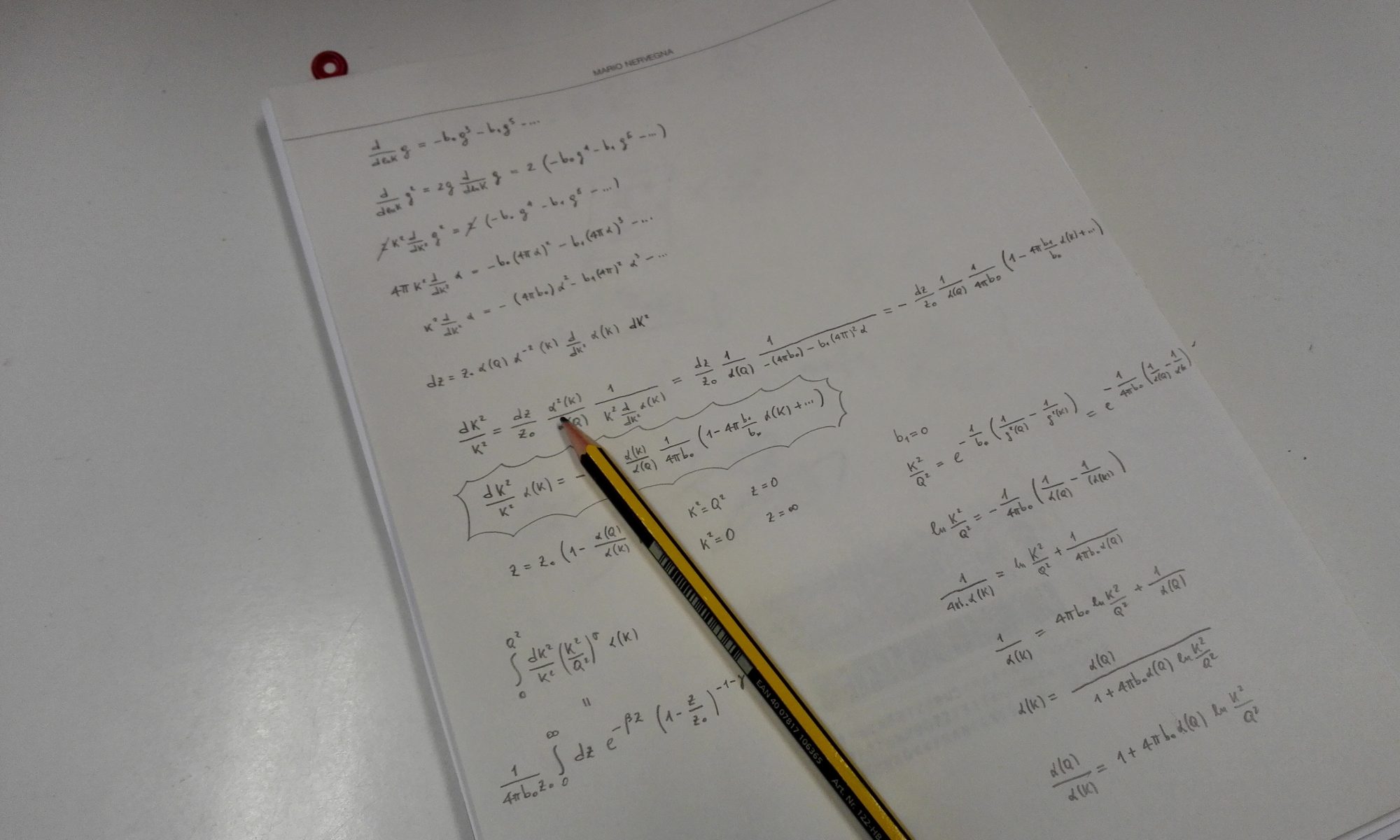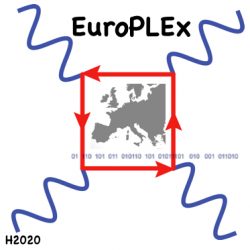An accurate non-perturbative exploration of the QCD phase diagram at non zero temperature and baryon number density is of high importance. This can be achieved by making progress both in the relative conceptual and algorithmic frameworks.
The thermodynamics of strong interaction matter is relevant for cosmology, astro-physics and heavy-ion phenomenology and much effort is undertaken to study the QCD phase diagram by means of heavy–ion collisions at the existing colliders at CERN (LHC) and BNL (RHIC) as well as at the future facilities NICA and FAIR. On massively parallel supercomputers thermodynamic observables can be calculated numerically, however, these calculations are limited for technical reasons to zero net-baryon number density (i.e. at equal number of quarks and anti-quarks). In fact, when a chemical potential is added to the system, the Euclidean action becomes complex. As a consequence, the identification of the exponential of the latter with the Boltzmann weight of an equivalent statistical system (which is the foundation of importance sampling numerical techniques) is no longer possible. This phenomenon is known as the sign problem due to which QCD at finite density is one of the most challenging application for lattice QCD.
A variety of the techniques devised to overcome the sign problem, including the most recent: Taylor expansions in μB (where importance sampling is dictated by the theory at zero chemical potential) complex Langevin (stochastic quantization), LLR (a generalised positive density of states method), integration over Lefschetz thimbles (manifolds on which the imaginary part of the action is constant). All these techniques were pioneered by our groups.
Moreover measurements of fluctuations of conserved charges play a crucial role in and the search for the critical behaviour the exploration of the QCD phase diagram. Since these are measured at freeze-out (where the chemical composition of the ensemble of thousands of particles created in a heavy ion collision is fixed), a first principle determination of freeze-out conditions is crucial. This has already been pioneered and will be further improved.

